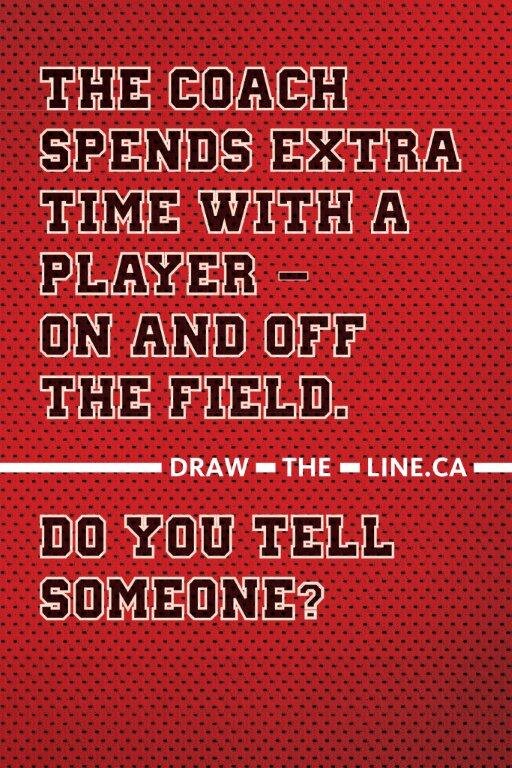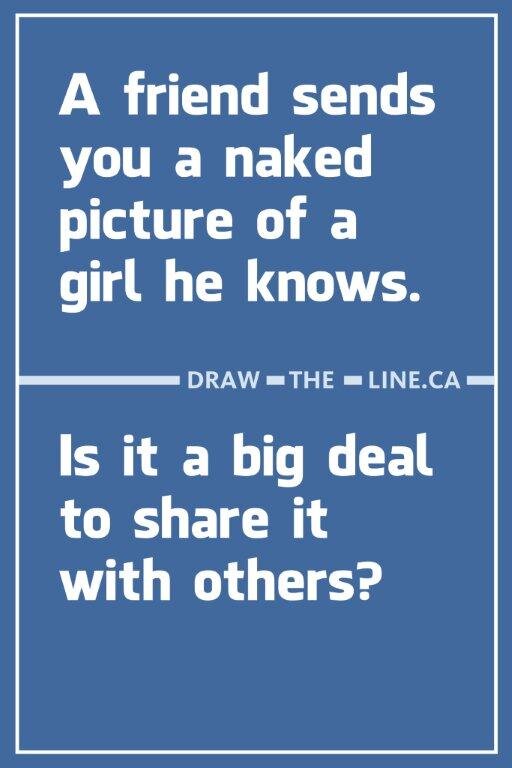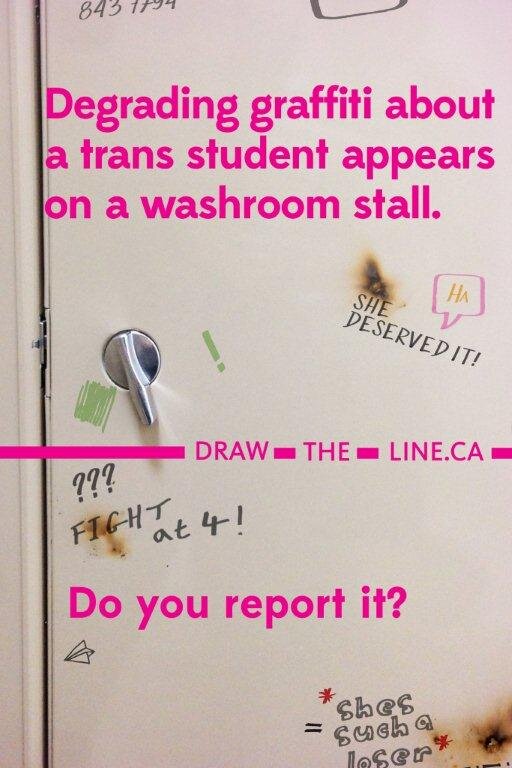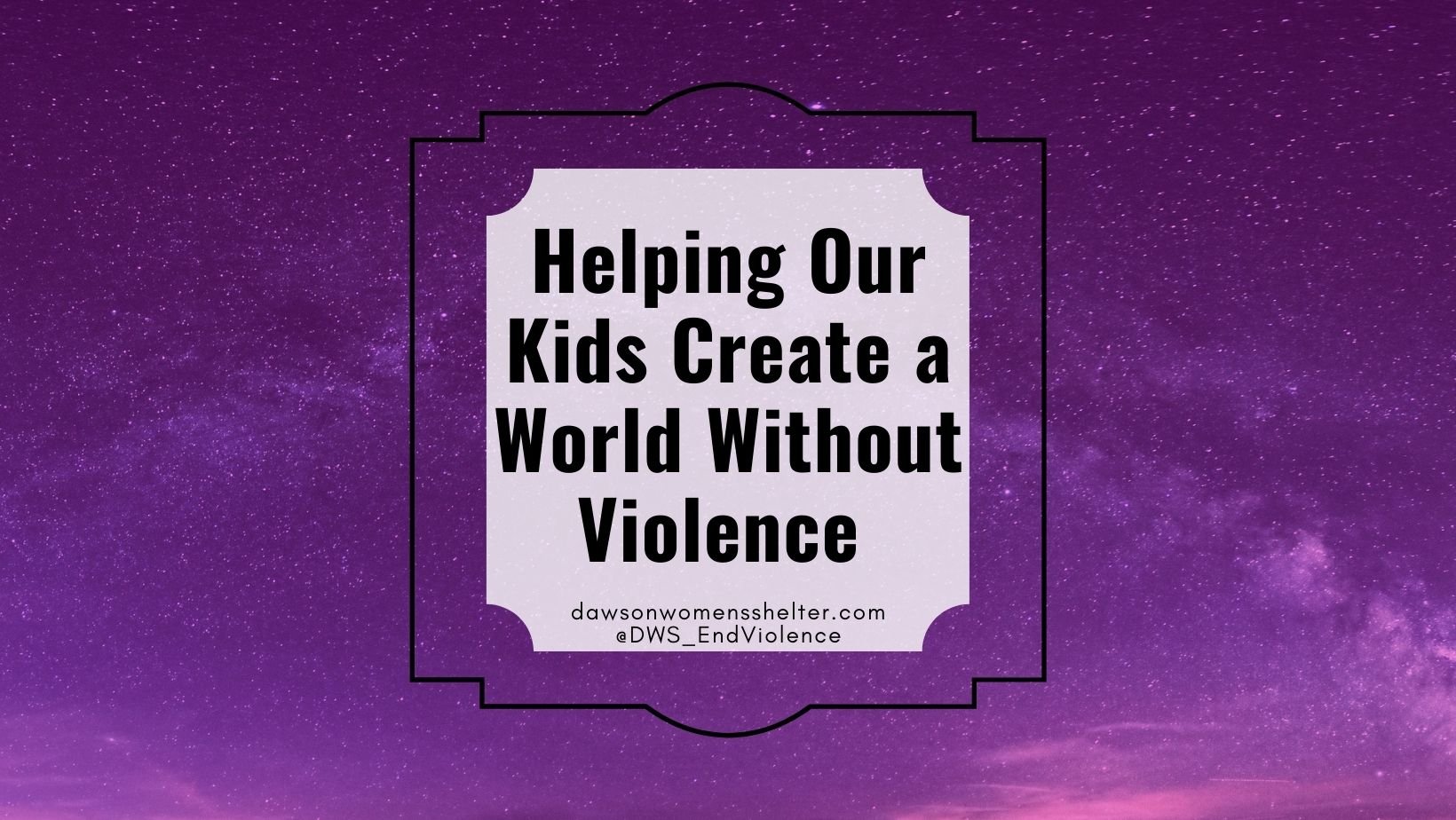Helping Our Kids Create a World Without Violence
Image description: Text “Helping Our Kids Create a World Without Violence” on a background of a purple galaxy
During 16 Days of Activism Against Gender-Based Violence, from November 25 to December 10, we call on everyone to take action!
The work we do of ending violence is planting seeds that will grow and bloom generations from now. Having decades long plans for eradicating the roots of violent systems doesn’t mean we approach the work with any less urgency or care.
It’s a cliché, but true that our kids are the future…
We, heartbreakingly, won’t be ending sexism, homophobia, colonialism, and other harmful oppressions during my lifetime, still holding out hope though…
WHEN?
When working with parents at consent workshops, a most asked question is, ‘What age is appropriate to start having conversations about consent?’
Short answer: It’s never ever too early!
There’s lots of age-appropriate ways we can talk about how our bodies are our own
Long answer: Let’s rethink consent as lifelong learning and we can model for youth (and also model making mistakes, apologizing, and learning new info when we need to).
Some ways that adults can practice consent with younger ones:
Learn all four parts of consent: Most folks think of consent as entirely just the asking, yet there is so much more
Ask! Words are best.
Really Listen! Anything other than a ‘heck yes!’ is a ‘no’.
Make Space for A ‘No’. Using anger, pressure, or bargaining to get a ‘yes’ is not consent.
Know that ‘yes’ can change to a ‘no’ at any time.
So. So so so soooooo much more info about consent here.
Respect a ‘no’: Teach kids early that their ‘no’ or ANYTHING other than a ‘heck yes!’ will be respected.
Teach the correct names for body parts: Research shows that children learning anatomical terms for their body, especially genitals, is an essential part of preventing sexual violence.
“Without proper terminology, children have a very hard time telling someone about inappropriate touching. If a child says someone touched her cookie, it would be very difficult for a listener to know. It helps children develop a healthy, more positive body image, instead of using nicknames that their genitals are something shameful or bad.” - Dr. Wurtele, professor of psychology and associate dean at the University of Colorado in Colorado Springs
Ask! There’s lots of daily opportunities to ask and really listen to the kids in our lives:
Taking a photo: Can I take a picture of you? Can I post it to my Instagram?
Hugs: Would you like a hug? Can I have a hug?
Even the smallest of infants are able to let you know when they want to be cuddled or tickled. A great practice to get into is saying aloud to pre verbal babies: ‘You’re telling me you don’t want to be tickled right now. I’m going to take a break.’
Asking to share or use a toy and really listening. There’s a really great episode of Daniel Tiger’s Neighborhood about the complexities of sharing and listening.
Kindly reframe: When a child close to you repeats misinformation, kindly and firmly interrupt with the truth. Step zero is unlearning lots of info that we’ve been taught about sexuality, gender, and gender-based violence.
‘That’s so gay!’
‘A shirt (or toy, or game, or ________) doesn’t have a sexuality.’
‘Why is it gay? What makes it gay?’ then really listen. ‘I think you meant (tshirt, toy or game) is uncool, but there is nothing wrong with being attracted to the same gender.’
More ideas about how to interrupt homophobic language here.
‘That’s a girl’s toy!’
‘Toys don’t have genders.’
‘Where did you learn that? Why is that so?’
More ideas about toys and gender here.
‘She was asking for it with her short skirt!’
‘Clothes don’t cause sexual assault.’
‘No one asks to be assaulted.’
More ideas about interrupting myths about women’s clothing here.
‘That’s mom’s/dad’s job!’ OR ‘Daddy doesn’t do hair/dishes/change diapers.’
'Men and women can do the same tasks.”
‘While individuals have unique skills making certain tasks easier/harder, there are no tasks around the house that are gender related.’
From day one, let kids know that tasks, clothes, and toys aren’t gendered. Teach your girls to change tires and chop wood. Teach your boys to cook, clean, and take care!
Develop Empathy: “Empathy is the ability to imagine how someone else is feeling in a particular situation and respond with care. This is a very complex skill to develop.” — Zero to Three. Lots more ideas in the article on zerotothree.org.
Confront Myths: Unlearning the myths we’ve all learned about gender starts with adults so we can kindly interrupt them when our kids repeat them to us. Women’s Podium has a great article with useful tips.
Be ready to make mistakes: “We do the best that we can until we know better. Then, when you know better, do better.” – Maya Angelou
Absolutely no one is perfect. No one. So going into this big idea of the possibilities of ending violence knowing that we as adults and care givers are going to make mistakes, and the children we care for are going to correct us. Take some of the pressure off by trying your best, learning as we go, and knowing what good accountability and apologies look like, something else we can model for the kids in our lives.
Expand your circle
‘I’m so glad to be doing the work in 2020! When I started as SACHA’s prevention educator in 2009, hardly any adults or youth could let me know what consent means to them. Now there are so many incredible folks with amazing kid-appropriate consent knowledge.’ — Crickett Wilder, DWS Program Coordinator
Nadine Thornhill, certified sex educator and Doctor of Education specializing in child and adolescent sexuality, has SO MANY age appropriate resources on her website, like this one about talking with kids about sex:
Every Body Curious is an entertaining and educational YouTube series about sexuality and healthy relationships for youth, ages 9-12 created by Nadine Thornhill and Eva Bloom.
Action Canada works within Canada and globally to promote health, wellbeing, and rights related to sexuality and reproduction. They have a 24 access line that parents can call for more info about having conversations with youth - 1‑888‑642‑2725.
Amy Lang, sexual health educator and counsellor, thought she was prepared to talk and struggled when it was time. Her website Birds and Bees and Kids has so many resources so you don’t have to be in the same situation.




Scarleteen has LOTS and LOTS and LOTS of sex-positive, factual, resources about sex and sexuality aimed at teens.
Draw the Line is a scenario-based bystander intervention campaign created by sexual assault centres that has some elementary and high school scenarios that you can use with your kids.
Dawson Women’s Shelter has your back with 24 hour support for folks who want to chat about having these convos with kids in our lives and workshops about violence prevention.
Holiday Hugs
Young ones get a TREMENDOUS amount of conflicting info about their bodies and consent. We tell them never to let anyone touch their bodies without permission and then when they set a boundary, ‘No. I don’t want to hug Auntie,’ we override them. Truly deeply listening to kids means, in most cases, respecting their ‘no’.
The folks who made the fabulous consent tea video also made an even better video about consent for kids:
Never miss a post! Keep in touch with DWS…


